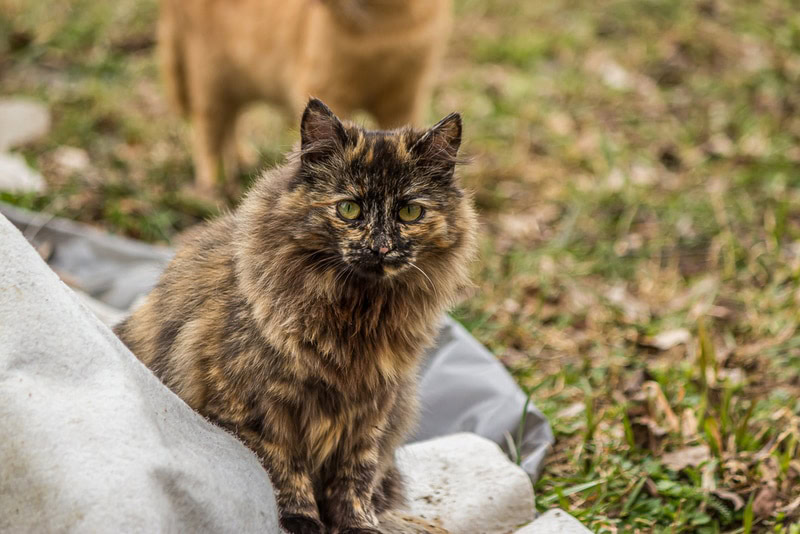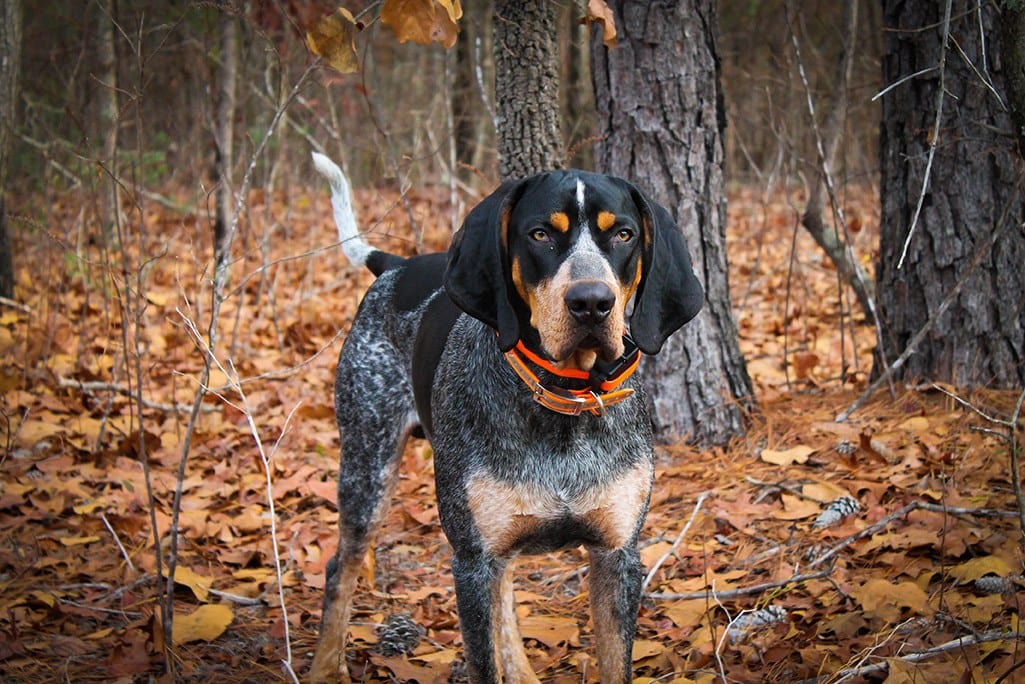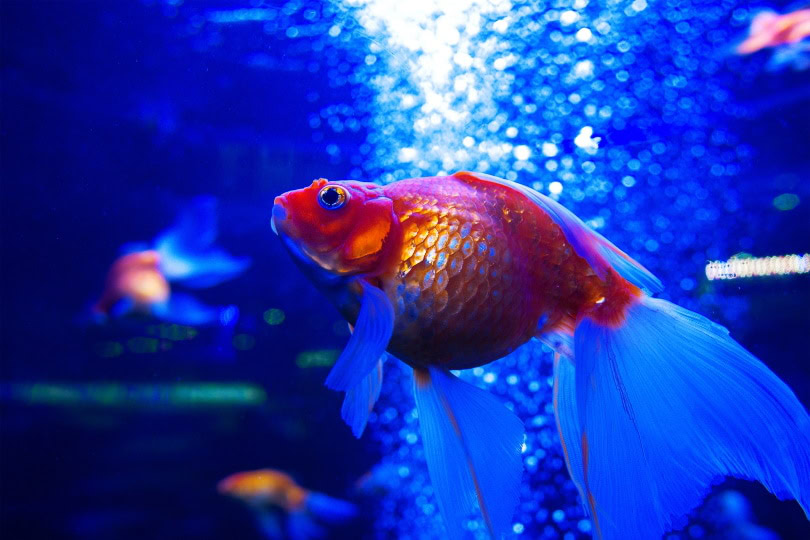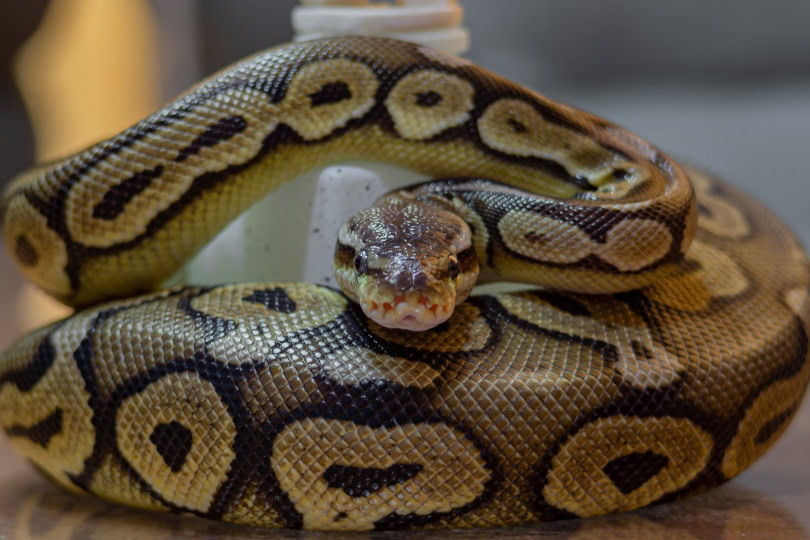Click to Skip Ahead
The Persian cat is believed to be one of the oldest breeds and is also one of the most beautiful and colorful felines in the world. The Tortoiseshell Persian cat isn’t a separate breed but simply a coat color variatoin. In this article, we look at the origin and history of these popular cats, along with unique facts about them. You’ll also learn what sharing your home with a Tortoiseshell Persian might be like.
Breed Overview
Height:
10–15 inches
Weight:
7–12 pounds
Lifespan:
15–20 years
Colors:
Tortoiseshell (black or chocolate, with red patches)
Suitable for:
Quiet households, seniors, families with older children
Temperament:
Calm, quiet, playful, friendly, affectionate
Tortoiseshell Persians are part of the color category particolor, along with blue-cream and lilac-cream. The traditional tortoiseshell color is black with red patches, but you can also find Persians with chocolate as the base color instead. Due to the genetics required to display the tortoiseshell colors, these Persians are almost always females. They typically have copper-colored eyes.

Tortoiseshell Persian Cat Breed Characteristics
The Earliest Records of the Tortoiseshell Persian Cat in History
Descriptions of cats resembling modern Persians can be found in hieroglyphics as far back as 1684 B.C. While it is thought that the breed originated from Iran, which used to be called Persia, their early history remains a bit of a mystery. Other possible ancestors of modern Persians may include long-haired cats from Russia, China, and Burma (now Myanmar.) We also don’t know precisely when Tortoiseshell Persians first emerged, but it was likely after the breed was first brought to Europe in the 14th century.
In Europe, breeders introduced other bloodlines, including Turkish Angora cats, to refine and develop the modern Persian breed. By the 1800s, Persians more closely resembled the cats that we know today, including having many color variations and flattened faces.
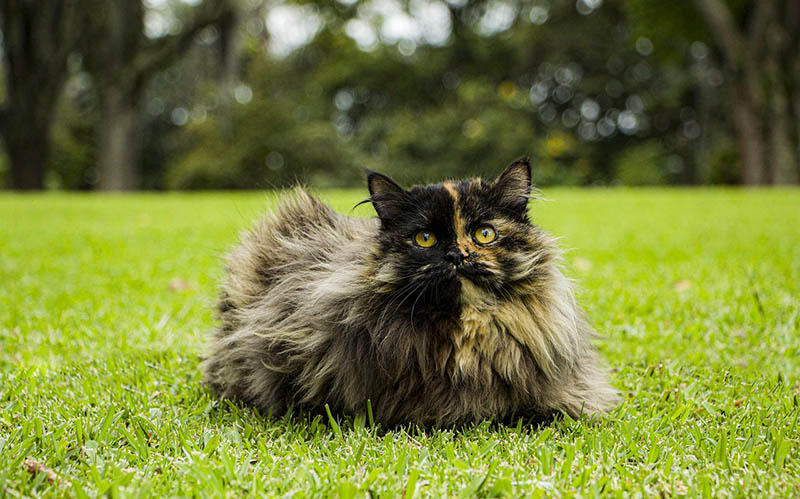
How the Tortoiseshell Persian Cat Gained Popularity
Longhaired cats like Persians were popular in Europe almost as soon as they arrived. However, the popularity of this breed in particular skyrocketed during the reign of Queen Victoria of England in the late 1800s. She and other royal and influential people in England became fans of the Persian.
With this celebrity endorsement, the fandom rapidly expanded. The breed first arrived in the United States around 1900, where they quickly became one of the most popular cats. Today, Persians consistently rank in the top 10 most popular purebred cats worldwide. There’s no way to know how popular Tortoiseshell Persians are, but the breed themselves is a global favorite.

Formal Recognition of the Tortoiseshell Persian Cat
Persian cats in general (we don’t know if there were tortoiseshell kitties among them) participated in the first modern cat show. Held in England in 1871, this was one of the first times that the fully developed Persian breed was formally recognized. In America, they received formal recognition as soon as there was an organization to provide it.
The Cat Fancier’s Association (CFA) was organized in 1906, and Persians were included among its original registered breeds. The official breed standard recognizes Tortoiseshell Persians as an acceptable color variation, so we can assume that the first of these flashy felines was likely registered in the early 1900s.
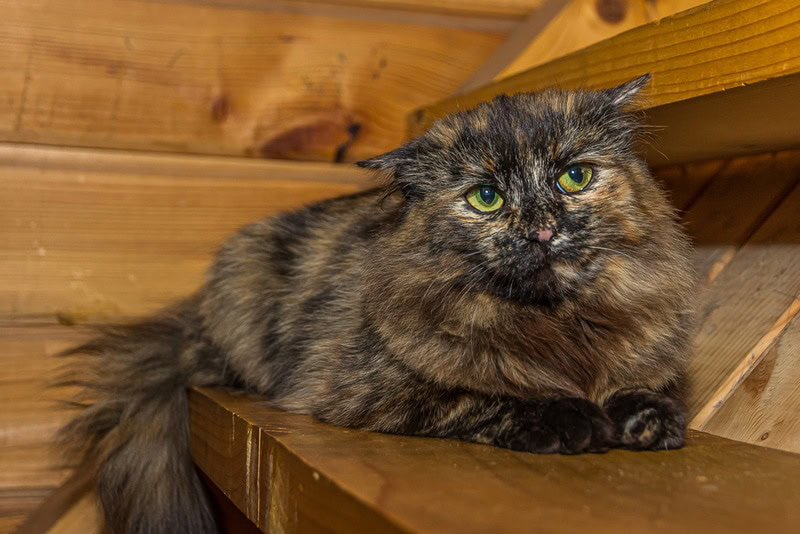

The Top 3 Unique Facts About the Tortoiseshell Persian Cat
1. They were known by a different name until the 1960s.
The official breed name for Persians in the United States was “Longhairs” until the 1960s. They are still known as Longhairs or Persian Longhairs in the United Kingdom.
2. Besides particolor, Persians are divided into six other color categories.
Particolor is the official color division that Tortoiseshell Persians fall into. This breed has six other officially recognized color divisions, making it one of the most diverse purebred kitties. These are:
- Solid
- Silver and golden
- Smoke and shaded
- Tabby
- Bicolor and calico
- Himalayan
3. They are double-coated cats.
The gorgeous, fluffy coat of the Persian is one of their most recognizable physical traits. To produce that characteristic look, Persians have a double coat. On top is a long, silky overcoat, with a shorter, thicker undercoat beneath. As you might guess, it takes work to maintain its appearance.
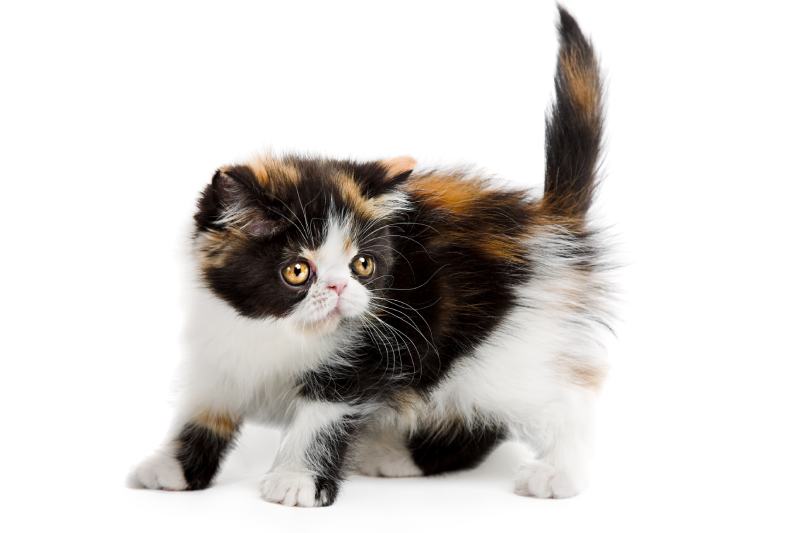

Does Tortoiseshell Persian Cat Make a Good Pet?
Tortoiseshell Persian cats make excellent pets, but they’re not suitable for every household, and they are more high maintenance than other breeds.
Persians are gentle, sweet, and calm by nature and prefer to live in a similar environment. While many can adapt to family life, they usually don’t enjoy noisy, rambunctious small children or encountering multiple strangers due to a family’s active social calendar. They also don’t like being left alone frequently. Typically well-behaved and quiet, Persians are affectionate and love to spend time with their people.
Due to their intense coat, Tortoiseshell Persians require daily brushing to prevent mats and tangles. Their long hair also tends to get messy when using the litterbox, requiring frequent cleanups.
Persians are prone to numerous health issues, including breathing problems due to their flat faces. They may also suffer from inherited eye, kidney, and heart trouble. Since they aren’t active cats, Tortoiseshell Persians are prone to obesity and need a carefully controlled diet and encouragement to exercise.

Conclusion
The Persian is one of the world’s oldest, most well-known, and most beloved breeds. While many owners worldwide have fallen for this cat, it’s vital to ensure that a Tortoiseshell Persian is a good fit for your lifestyle before doing the same. Since they are prone to many inherited medical issues, carefully researching a breeder is essential. Before you buy a Tortoiseshell Persian kitten, ensure that the breeder has performed all recommended health screenings on the parents and is willing to answer questions about any medical problems in the bloodline.
Related Reads:
Featured Image Credit: Dmitrii Kash, Shutterstock
